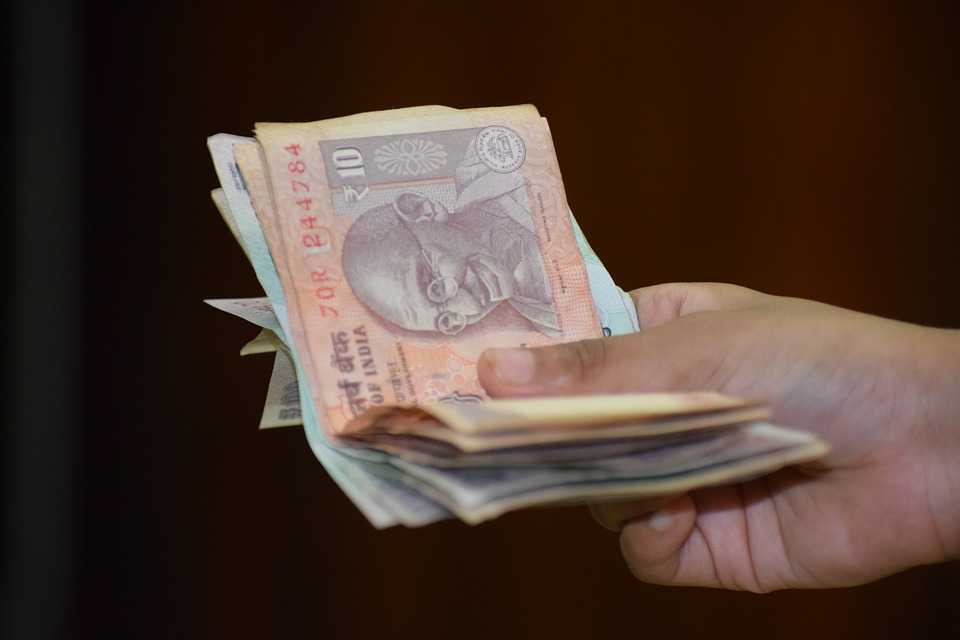Trying to arrest the continued slide of the Indian rupee, the nation's government is reportedly considering a dollar deposit scheme for non-resident Indians (NRIs) to increase dollar inflows.
A senior official in the finance ministry told Hindustan Times on condition of anonymity about the plan and said that the exact contours of the scheme are being worked out.
So far this year, the rupee has lost 15% of its value vis-à-vis the dollar and has been among the worst performing currencies in emerging markets. The falling rupee, rising crude oil prices (which pinch even more because India imports 80% of its oil requirements) and an uncertain export outlook because of a looming trade war have caused trade deficit to widen.
Meanwhile, rising interest rates in the US have triggered capital outflows, eroding foreign exchange reserves and increasing pressure on the rupee and giving rise to speculation about schemes to both increase the dollar reserve and strengthen the Rupee.
The proposal for the NRI dollar deposit scheme follows the Centre increasing tariffs on a range of goods and the Reserve Bank of India easing regulations on raising of money from foreign markets, including investments from FPIs catering to NRIs. Last month, the Securities and Exchange Board of India reversed a directive where it allowed no more than 5% ownership of any property, firm or venture by FPIs involving NRIs.
Tere are three major instances of such a scheme being launched in the post-reform period: the Resurgent India Bonds in 1998, the India Millennium Deposit scheme in 2000 and Foreign Currency Non-Resident (Bank) Deposit scheme in 2013. These schemes brought in foreign exchange deposits of $4.2 billion, $5.5 billion and $34 billion respectively.
These values amounted to around 12%-13% of the country’s total foreign exchange reserves during those years. If this trend continues, the scheme can be expected to bring in around $50 billion this year, given the fact that current stock of foreign exchange reserves is around $400 billion. India’s foreign currency reserves have gone down by at least $23 billion in the last two quarters.
The rupee depreciated around 8% between the announcement and maturity of the schemes which were unveiled n 1998 ad 2013. The 2000 scheme was different as the rupee gained 4% vis-à-vis the dollar between announcement and maturity.
Options such as NRI deposits should be the last resort in crisis management on the external front, as they entail a high cost and can at best postpone an imminent balance of payment crisis, if other things do not improve, said Soumya Kanti Ghosh, chief economist at State Bank of India.
Ghosh added that recent developments in the global economy might have reduced the need to go for such a measure.
With global growth forecasts coming down, India might be in for a respite on oil prices, which will provide a cushion to both the rupee and the trade deficit, he said. The rupee has already been showing signs of strengthening in the last few days, Ghosh added.
The rupee closed at 73.47to the dollar on Tuesday. It has gained 1.37% since touching a low of74.49 on October 11.



